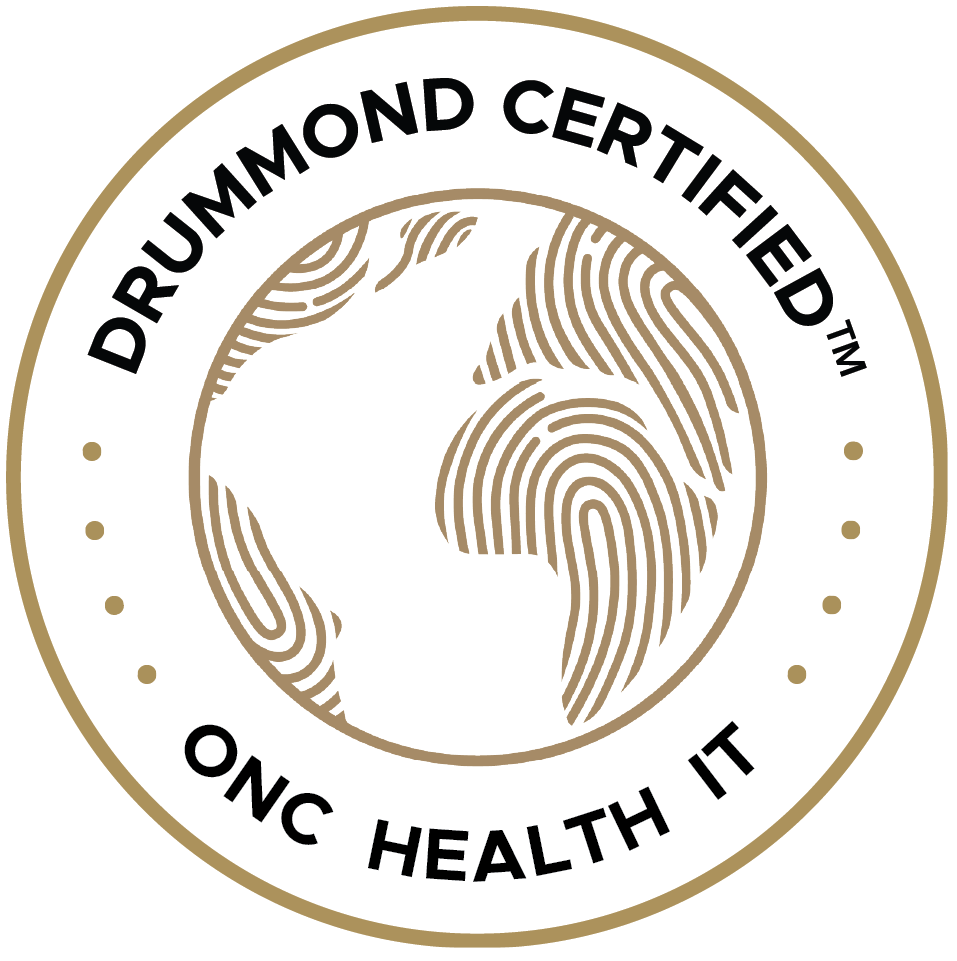gvgray
Obamacare has increased the number of Americans with insurance coverage. 8 million have signed up in the state and federal exchanges, and Medicaid and Children’s Health Insurance Program enrollment has grown by at least 4.8 million since October. However, a new survey from McKinsey indicates that the non-medicaid sign up numbers may not be as robust as meets the eye as three-fourths of enrollees were previously insured. Nevertheless, between the increase in sign ups and the improved coverage the law requires (mandated preventive mental health services), there has been an expectation that behavioral clinicians would be seeing more patients with insurance coverage.
We tested this hypothesis by analyzing our claims data. The data represent over 1000 clinicians in 40 states across the US. We compared the percentage of patients who had charges billed to insurance in 2013 Q4 (before Obamacare) with 2014 Q1 (after Obamacare). The difference is not statistically significant.
Claims Filed:
| Charges | >=1 claim submission | Percent | |
| 2013 Q4 | 20,1754 | 10,1684 | 50.40% |
| 2014 Q1 | 21,7024 | 10973 | 50.59% |
We next looked at claims filed by coverage type. We were particularly interested in the impact of the expansion of Medicaid on mental health utilization. Again none of the differences are statistically significant.
Claims Filed by Coverage Type:
| 2013 Q4 | Percent | 2014 Q1 | Percent | Change | |
| BCBS | 28102 | 30.49% | 30174 | 30.06% | -0.42% |
| Commercial | 35742 | 38.78% | 40125 | 39.98% | 1.20% |
| EAP | 194 | 0.21% | 308 | 0.31% | 0.10% |
| Medicaid | 19781 | 21.46% | 20107 | 20.03% | -1.43% |
| Medicare | 6440 | 6.99% | 7679 | 7.65% | 0.66% |
| Other | 58 | 0.06% | 0 | 0.00% | -0.06% |
| Other Govt | 1814 | 1.97% | 1943 | 1.94% | -0.30% |
| Worker's Comp | 43 | 5.00% | 30 | 0.03% | -0.02% |
| 92174 | 100.00% | 100366 | 100.00% |
The take away from our data sample is that, to date, Obamacare has not increased the number of patients with insurance seen by behavioral clinicians in private practice.
A question that our data could not answer, but that we intend to assess at a later time, is whether reimbursement rates have been affected by Obamacare. The reason we did not do this analysis at this time is that claims paid data early in the year are affected by deductibles. A longer time frame is needed to make sound comparisons.









